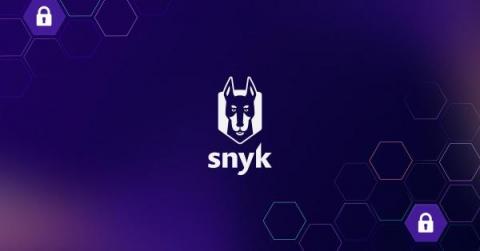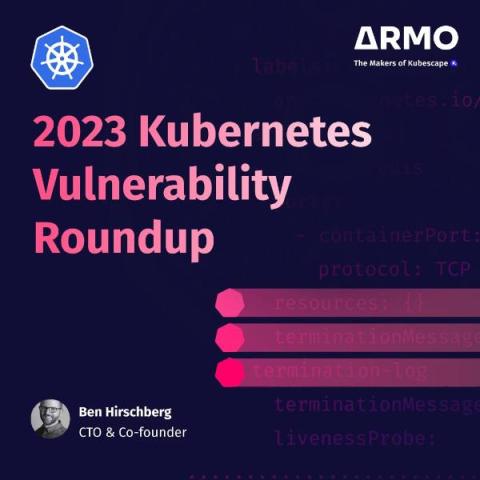What To Look For in an Open Source Vulnerability Scanner
One of the top security concerns we hear from technology leaders is about the security of open source software (OSS) and cloud software development. An open source vulnerability scanner (for scanning OSS) helps you discover risk in the third-party code you use. However, just because a solution scans open source does not mean you are ultimately reducing security risk with it.











